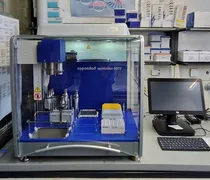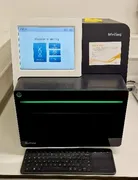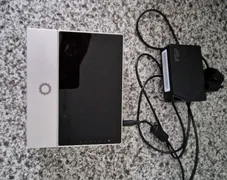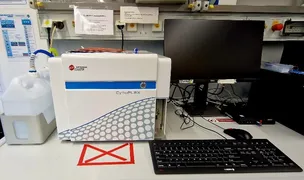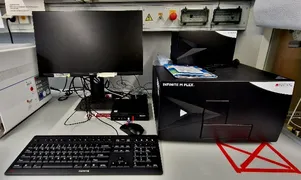The affiliated laboratory, which is divided into the analytical laboratory and the microbiological laboratory, is a central facility of the chair and the research institute.
The analytical laboratory is equipped with the latest analytical equipment, which allows all standardized parameters relevant to drinking water and wastewater to be analyzed. In addition to the characterization of water samples using sum parameters such as COD and BOD, organic compounds can be examined more closely using 3D fluorescence and UV spectroscopy and also quantified using TOC. Water-relevant anions, oxohalides such as bromate and chlorate as well as short-chain organic acids can be quantified using ion chromatography. Atomic absorption spectroscopy with flame and graphite furnace AAS as well as a highly sensitive ICP-OES device are available for the examination of metals.
The characterization and identification of organic molecules from aqueous samples in trace organic compound analysis (target screening) can be carried out using chromatographic separation techniques coupled with highly sensitive mass spectrometric detection methods (LC-MS/MS). Among other analytes, perfluorinated alkyl substances (PFAS) can be reliably detected in the water cycle. Volatile organic substances such as plasticizers or volatile organic acids can be analyzed using headspace GC/FID, while microplastic particles are examined using thermal desorption with thermo desorption pyrolysis GC/MS.
The microbiological laboratory uses conventional cultivation techniques to determine the fecal indicator germs (E. coli and enterococci) and pathogenic bacteria (e.g. Pseudomonas aeruginosa and Legionella spp.) relevant for hygienic water quality. Furthermore, fluorescence microscopy for the quantitative detection of active and dead microorganisms is possible. Bacterial cell numbers, antibiotic resistance genes and certain bacterial groups such as enterococci are detected with the qualitative real-time polymerase chain reaction (qPCR). High throughput sequencing technologies based on RNA or DNA are used to characterize microbial communities and microbiomes from aquatic systems. Furthermore, the laboratory owns a collection of microorganisms (bacteria & fungi) from technical systems that can be used for further experiments.
I) GENERAL WATER PARAMETERS
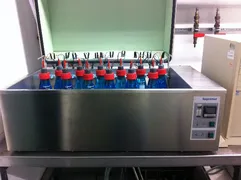
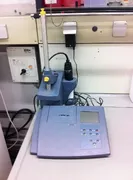
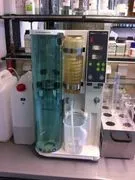
- Sapromat, Company: Voith
- Dilution BOD with Oximeter Oxi 730 (testing probe Stirr Ox G), Company: WTW
- Distillation system K-355, Company: Büchi
II) Organic Water Components
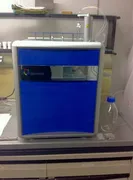
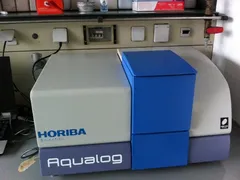
- TOC-Analyzer VarioTOC, company: Elementar
- Aqualog, Company: HORIBA Scientific
III) Element Analysis
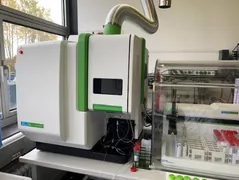
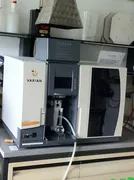
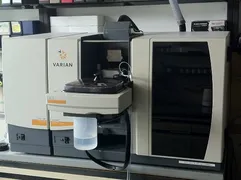
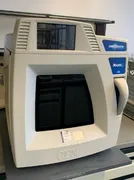
- ICP-OES Avio 550 MAX, Company: Perkin Elmer
- Flame AAS AA240FS, Company: Varian
- Graphite funnel AAS AA240Z, Company: Varian
- Digestion system SMA 12L, Company: Behr
V) PHOTOMETER
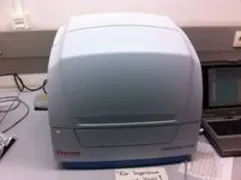
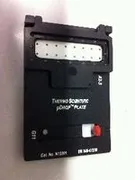
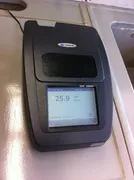
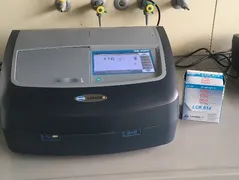
- Plate Reader Varioskan Flash, company: Thermo SCIENTIFIC
- Mikroliter plate µDROP-Plate, company: Thermo SCIENTIFIC
- Lange photometer DR 6000, company: HACH
- Lange photometer DR 2800, company: HACH
VI) HPLC-MS/MS-SETUP
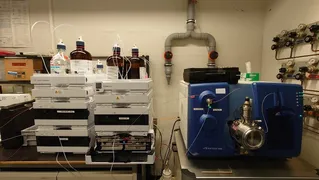
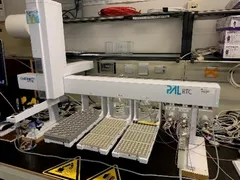
- HPLC 1260, company: Agilent
- QTrap 5500, company: ABSciex
- Autosampler CHRONECT Robotic RTC, company: PAL
VII) ADDITIONAL HPLC/MS-EQUIPMENT
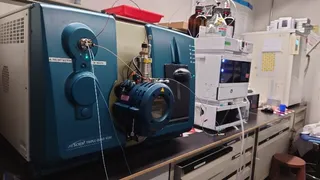
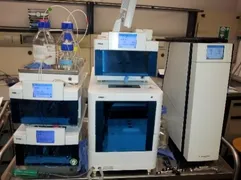
- Triple Quad 6500, company: ABSciex
- UHPLC PlatinBlue – with UV detector (-1000 bar), company: KNAUER
- HPLC 1260 – with UV detector, company: Agilent
VIII) GAS CHROMATOGRAPHY

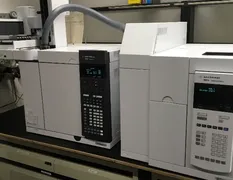
- TED-Py-GC/MS, company: Gerstel
- GC-FID with Headspace Sampler 7697A, company: Agilent
I) Examination and Sample Preparation
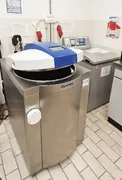
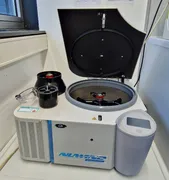
- Autoclave Systec VX-150, Firma: Systec
- Autoclave Varioklav 135 S, Company: H+P Labortechnik GmbH
- Centrifuge NUWIND NU200R, Firma: ibs tecnomara
- Centrifuge Eppendorf 5430, Company: Eppendorf
- Centrifuge Eppendorf 5430R, Firma Eppendorf
Water baths
II) Classical Cultivation Techniques
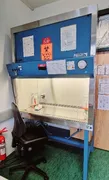
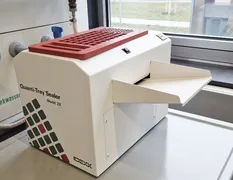
- Safety cabinet HERA Safe, Type KS 15, Company: THERMO Scientific
- Safety cabinet Labgard CLASS II, TYPE A/B3, Company: NUAIRE
- Shaking incubator Witeg WIS-30R, Company: witeg
- Shaking incubator GFL 3032, Company: GFL, Gesellschaft für Labortechnik GmbH
- Incubator, Modell BD 240, Company: BINDER GmbH
- Incubators, Company: Heraeus
- Quanti-Tray Sealer 2X, Firma: IDEXX
- Colony counter BZG 30, Company: WTW
A) DNA Extraction and Analysis
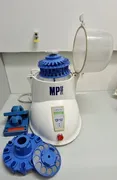
- Cell Disrupter, Thermo Savant BIO 101 Fast Prep-24, Company: Q biogene, Inc (Europe)
- Gel electrophoresis PowerPac, Company: BIO-RAD
Gel Doc XRt, Company: BIO-RAD
B) Polymerase-Chain-Reaction (PCR)
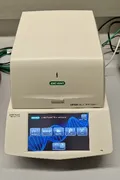
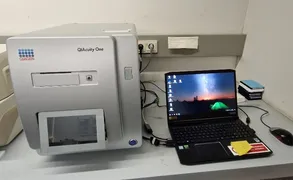
- PCR chamber Tamer Template Quantum, Company: Appligene
- UV-Cabinet for PCR UVT-S-AR, GRANT BIO
- Thermal cycler real-time system CFX96, Company: BIO-RAD
- Thermocycler MiniAmp, Company: appliendbiosystems
- Thermocycler Biometra Tone, Company: Analytik Jena
- D-PCR Cycler QIAcuityOne, Company: Qiagen
C) Microscopy
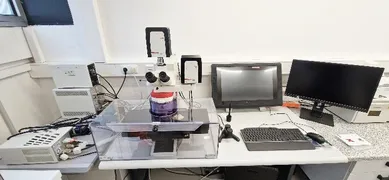
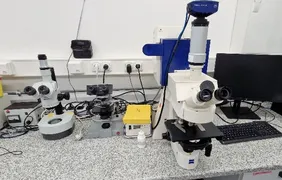
- Laser dissection microscope LMD7,
- Fluorescence microscope Zeiss
- Light microscope Aristoplan, Company: Leitz
- Stereo microscope (Binokular) Wild M3Z, Company: Leica

